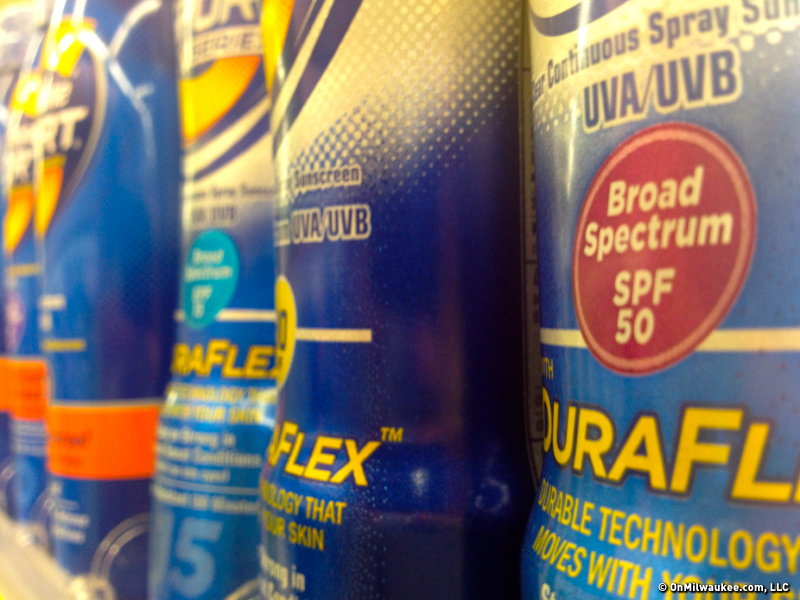It's Skin Cancer Awareness Week on OnMilwaukee.com, dedicated to the memory of our colleague, Tim Cuprisin, who died of melanoma last fall. Melanoma kills 9,100 Americans each year, but together, we can beat it. All week long, we're bringing you survivor stories, prevention plans and breakthroughs to make skin cancer a disease of the past. We've also set up a fund in memory of Tim and urge you to donate here. Skin Cancer Awareness Week is sponsored by the Dermatology Associates of Wisconsin. Enjoy the Milwaukee summer, but be safe and smart in the sun!
From the looks of things, a lot of folks don't take skin cancer seriously.
The beaches are full of sunbathers, tanning salons appear to do a brisk business and even little kids are everywhere in summer without hats and sometimes even shirts.
But, according to the American Cancer Society, skin cancer is the most common type of cancer, and most skin cancers are the result of too much ultraviolet radiation, typically from the sun.
That means that the most common cancer is also possibly the most preventable.
What to look for
There are clues to skin cancer or potential skin cancer written on your body. The key is to look for changes. Either the appearance of a new spot or perhaps a mole or other mark that has changed its shape or size.
Basal and squamous cell cancers usually appear on parts of your body most exposed to the sun, like your arms, neck and head. They can pop up elsewhere, too, though, so be on the lookout for spots, bumps or sores that don't go away in a couple months.
The more serious melanoma can look like a mole, though even it has some tell-tale signs. Look for asymmetry, an irregular border, inconsistent coloration and spots that are larger than a quarter-inch or that are growing.
When in doubt, consult your doctor or a dermatologist.
But, above all, remember that many skin cancers are preventable.
Tips to help keep skin cancer at bay
- Of course, you can't stay out of the sun, not after that long winter, but avoid direct exposure to sunlight during the daylight hours that dish up the harshest UV rays. That's from 10 a.m. until 4 p.m. Don't be fooled by overcast skies, clouds do not prevent UV rays from reaching your skin. Neither do car windows.
- Cover your head with a wide-brimmed hat and your eyes, which can also be damaged by UV rays, with sunglasses that offer at least 99 percent protection from UVA and UVB rays.
- Whenever possible, wear long sleeves and long pants. The darker the color and the thicker the weave, the better.
- Wear sunscreen with an SPF of at least 15.
- Stay out of the tanning beds and away from sun lamps.







